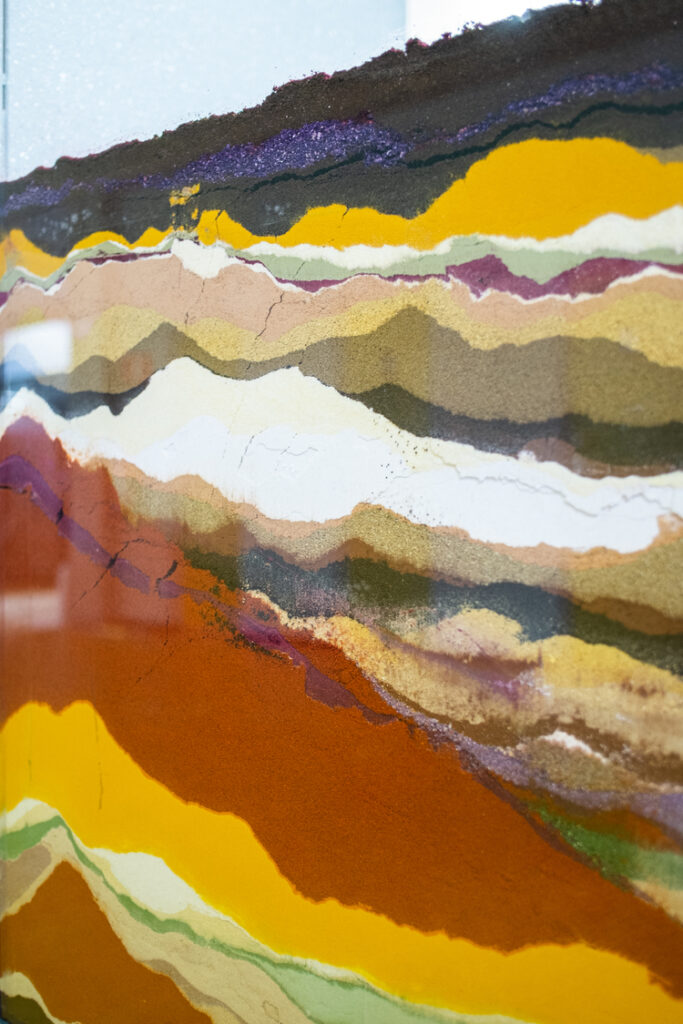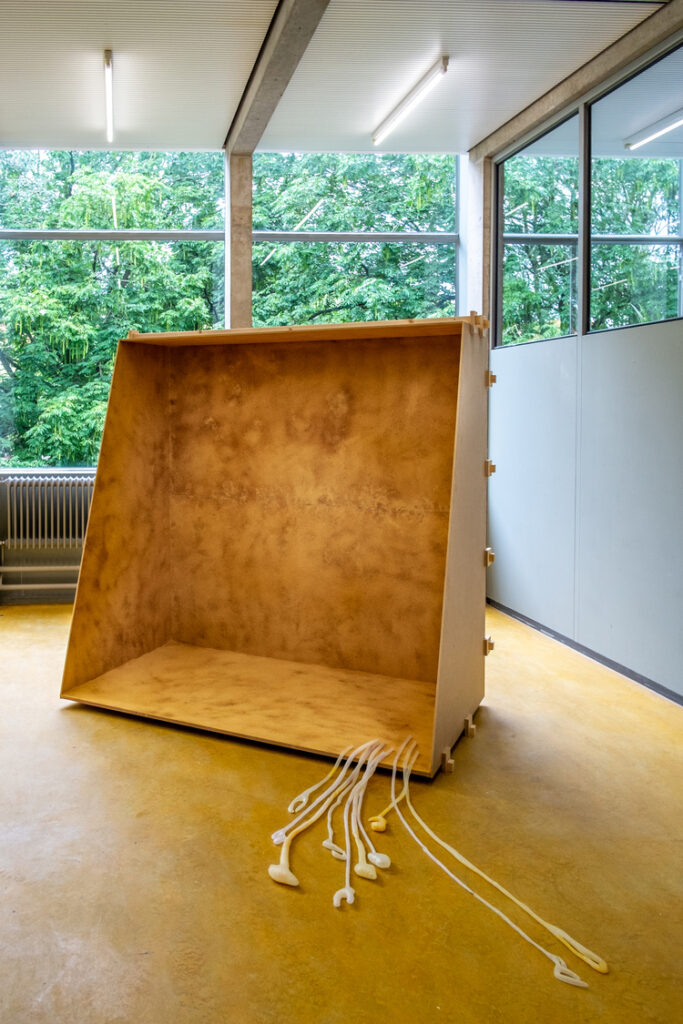Seonmi Shin
The Skin of breath
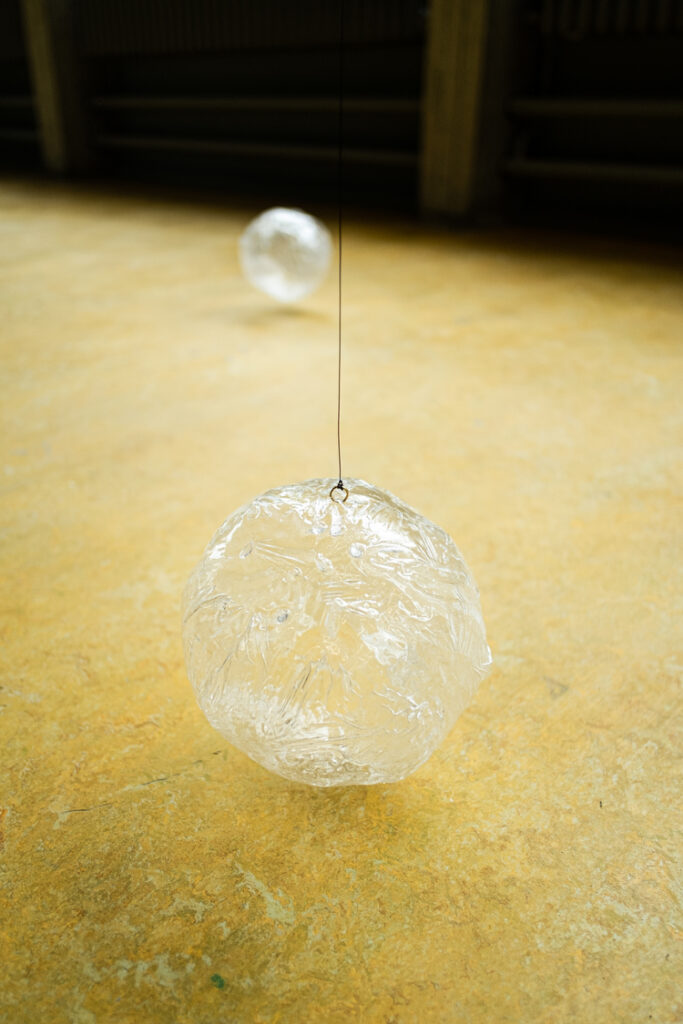
For “THE SKIN OF BREATH” project, I have looked into breathing as it is such a meaningful activity which is intimately connected with our body’s reactions as one of the vital signs, and it is always here with us during our lifetime.
In the written research, I have studied about unawareness coming from invisible, hidden, limited sense, and uncared for things. The reason I do not recognise unawareness is that I cannot capture it or make it tangible. This inability hinders my sights and limits the range of my perception.
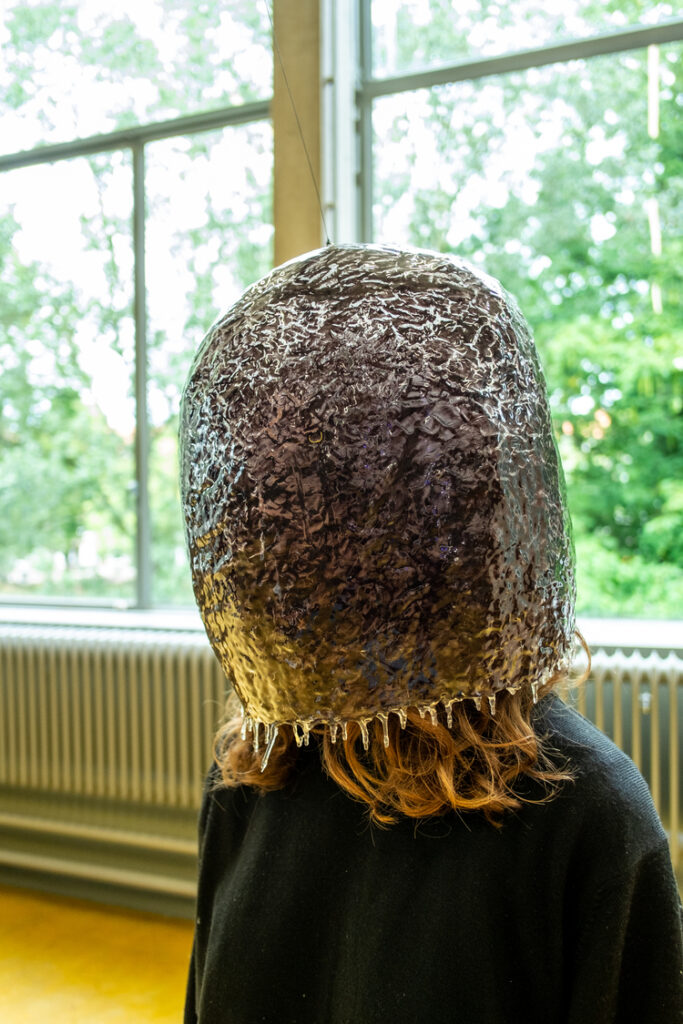
Imagine.
How can we do capture our breathing?
What if we can see our breathing?
And how does breathing affect our surroundings?
Based on these questions, I attempt to reveal breathing visually. In the uncertain period, the matter of breathing is considered to be significant in our lives. I proposed a new way of observation it.
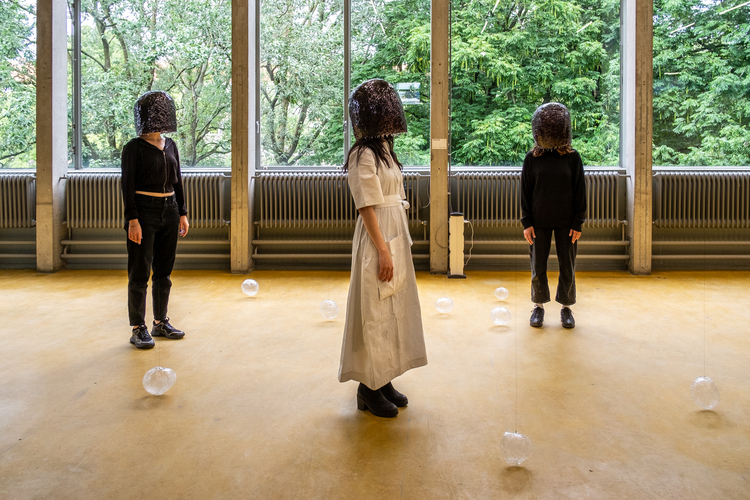
Franca Ullrich
Bodies of Knowladge
Driven by the event of finding a chopped living fossil in my neighbourhood “bodies of knowledge” is a strange tea party hosted by non human beings. Participants are invited to have a sensitive dialogue with the smallest and biggest organisms to build kinship and knowledge between unfamiliar bodies.
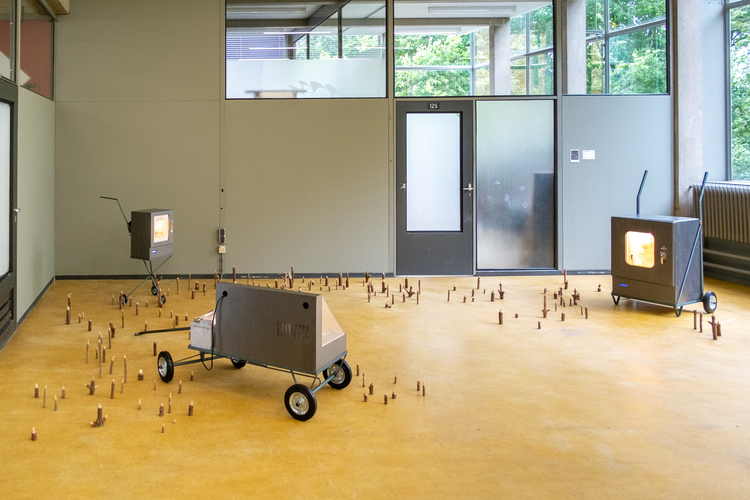
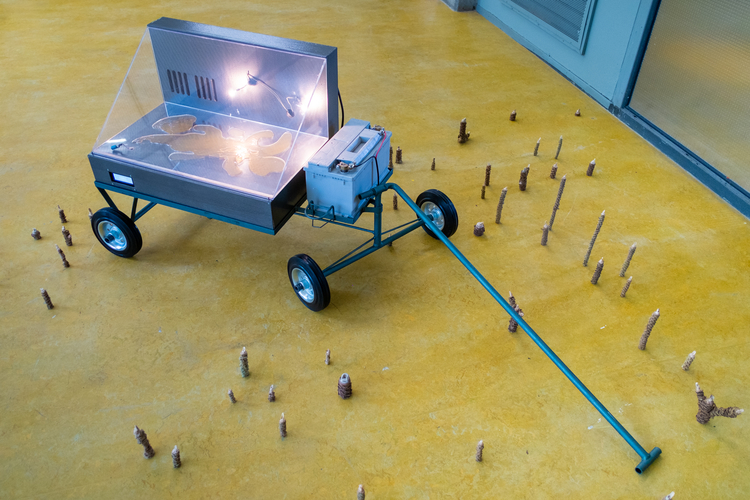
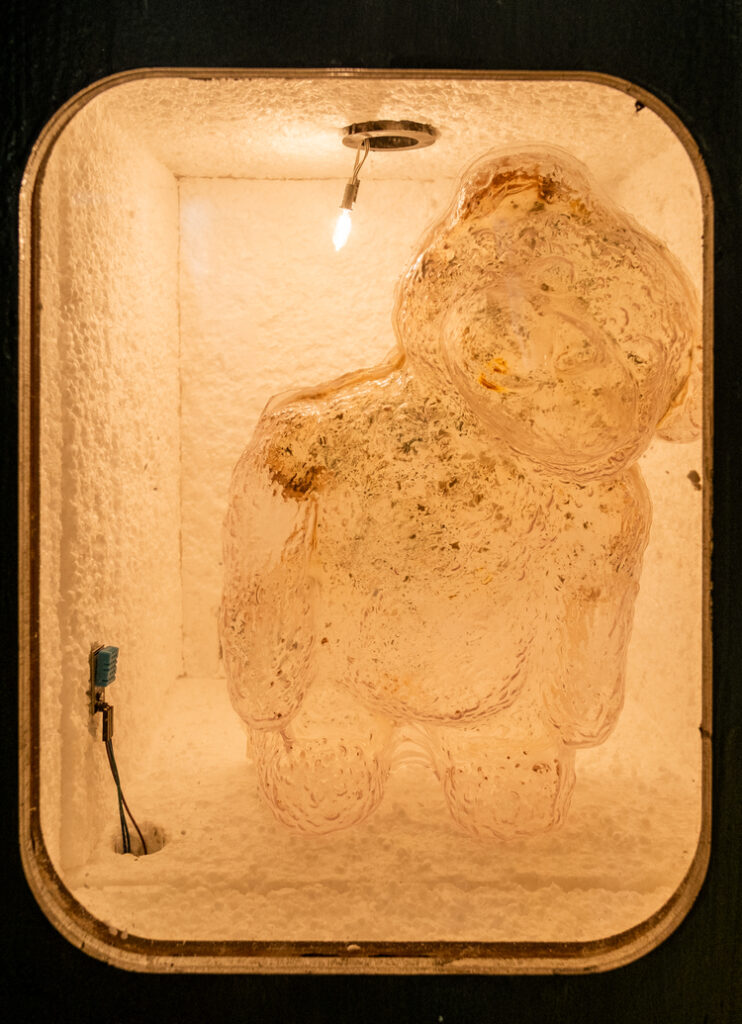
Juliette Delarue
Daily sediments: a side dish to the main course of remembrance
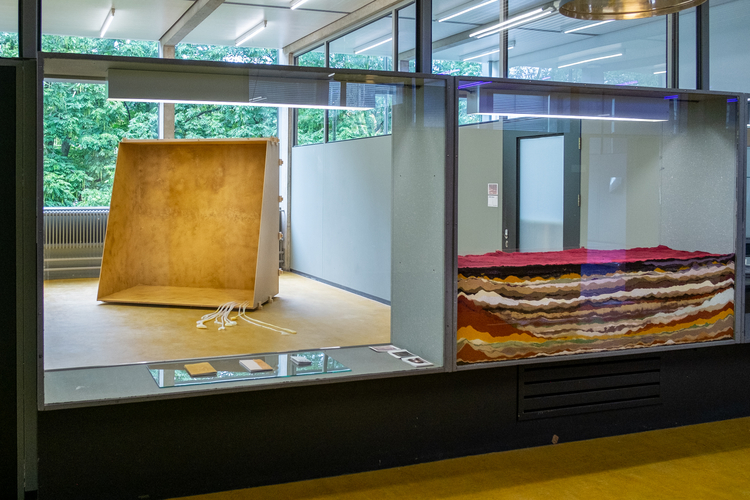
Food is, to me, a precious tool for
imagination because of its sensory stimulation: it initiates intimate
and complex conversation with your own body. Considering bodies through
the spectrum of food culture and food beliefs implies different levels
of observation: an intimate scale of our own bodies and a larger
societal scale, both allowing questioning the reality of a universal
scale.
For my written thesis I looked into liquid nourishment as
matter, symbols, beliefs, as historical vessels, as a tool to understand
physical and social bodies. I realised that liquid needs to be held but
it remains ungraspable.
I chose not to work with liquid but
towards its opposite. The ambition here was to figuratively grasp the
ungraspable through its literal materiality; to evoke liquid trough its
absence.
I worked with food waste as a continuous and unlimited
source of material. I collected, dehydrated, grounded and turned
everything to powder, exhausting the matter to its utter. I made up a
set of rules, gestures and a precise process that smoothly infiltrated
my daily routine. Boarders between food habits, artistic practise and
research process became porous and turned to membranes. I found myself
surrounded by colourful and pungent powders. Powder was the main actor
of my graduation work and I needed to stage them. So I built spaces for
them.
One is part of the Rietveld building: a vitrine filled
with layers of powders as a proof of time accumulating through matter.
The other one is a stage: a box from which walls, ceiling and floor are
covered with orange powder. The space is mat and dusty, smells like
citrus and invites the body to penetrate it through senses.
I
feel the need to build and propose new rituals, new ways of consuming
and comprehending our food. I feel the need to update the symbols lying
in food products and eating habits. Challenging and transcending my own
culture is a way to invent new imageries and typologies, and to open
possibilities for new intimate and collective imaginations.
